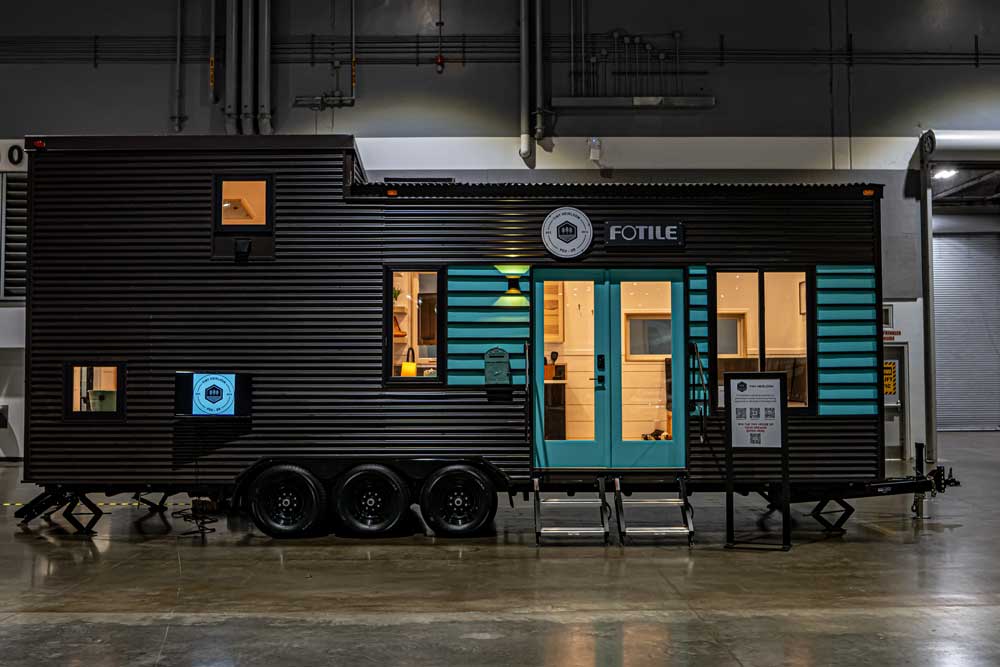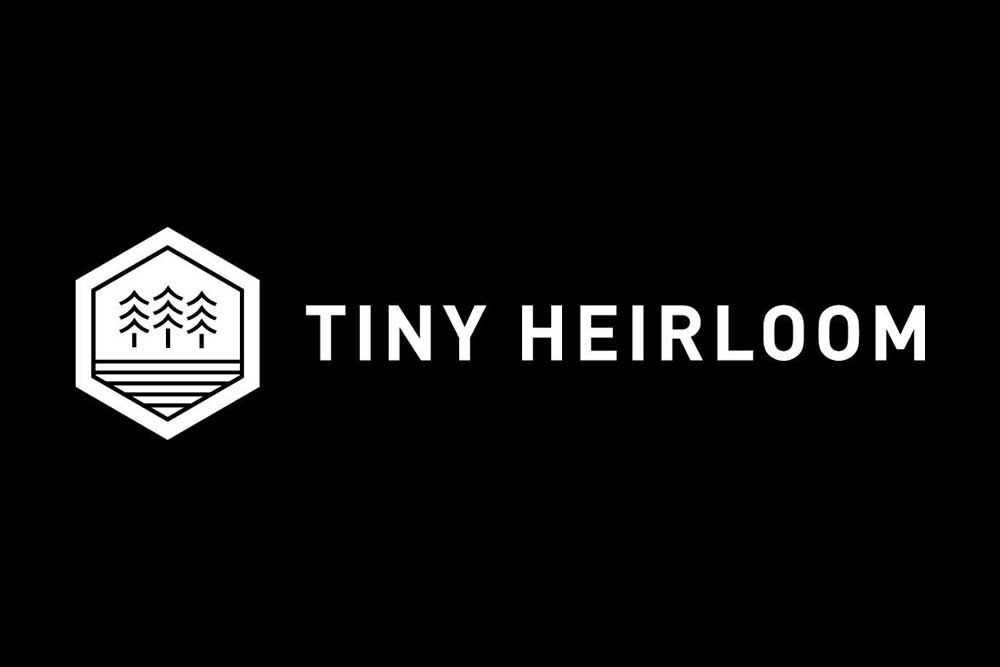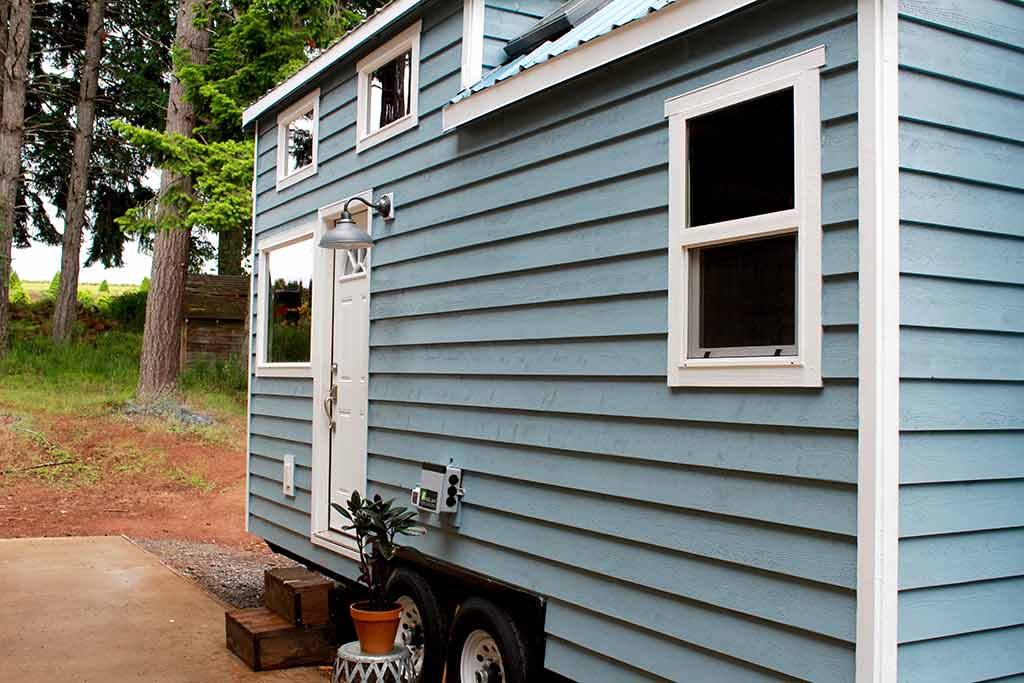
Living Large While Going Small: Perks of Living in a Tiny House
Living in a tiny house is a trend that’s growing in popularity as more and more people discover the freedom and benefits that this option provides. If you’re unfamiliar with this concept, it involves living in a home that provides about 250 square feet of living space. It’s often an option that appeals to homesteaders, but it’s something anyone can do to simplify their lives. If you’re considering this option, here are a few common advantages to living in a tiny house.
Start With a Low-Cost Build
From the very start, your tiny home will provide benefits you never would have expected from any type of living situation. While you can revamp a shed or even a school bus to serve as the framework for your tiny home, most people prefer to build their tiny home from scratch. This lets them custom design every aspect of the home to give them a living space that’s truly their own. Additionally, making use of design software, such as CostCertified, will help you create your unique design and get an accurate cost estimate. This can help you decide whether you’ll finance the build or choose to save up enough to pay cash and avoid a mortgage altogether.
Take Your Home With You
Even if you don’t own your own land right now, you can still build a custom tiny home that you can take with you to any location. In fact, many people keep their tiny homes mobile by building them on flatbed trailers and using concrete blocks to anchor them in place. This helps you set up your home in a semi-permanent place until the time comes for you to move. If you buy your own plot of land at some point in the future, you can simply hook up your home to a trailer hitch and transport it to your own plot of land.
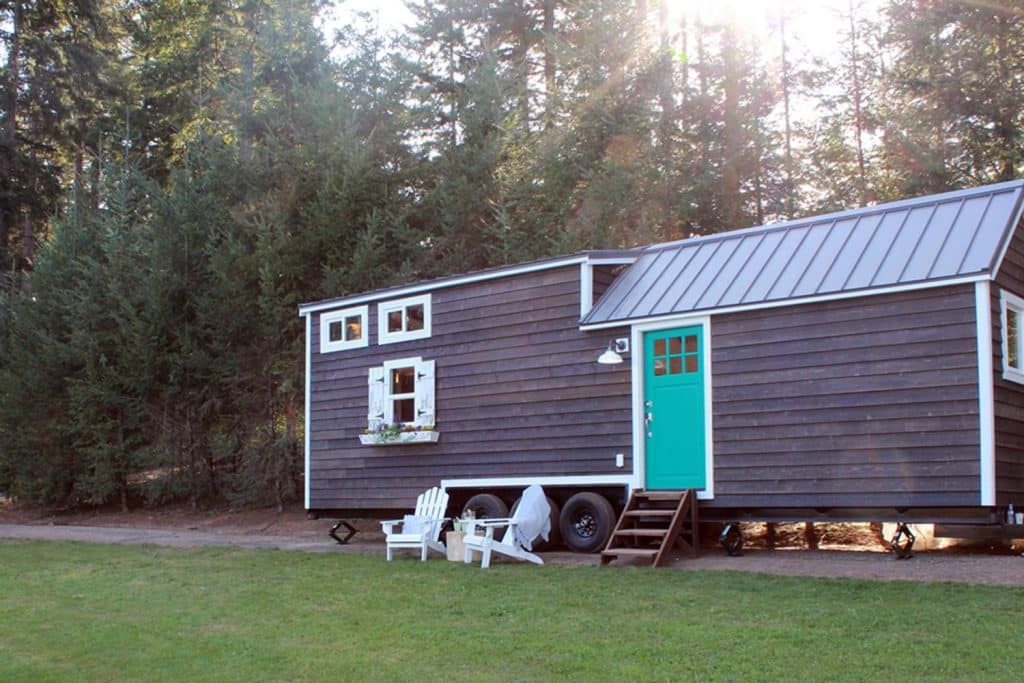
You Can Live a More Eco-Friendly Lifestyle
While you certainly can hook up your tiny home to public utilities, that’s not a necessity in every case. There are a couple of different alternatives for providing the utilities you’ll need to use in your daily life. Some people rely on a water well and septic system for their water and waste management needs. However, there are more eco-friendly options that are useful in situations in which you’re living on someone else’s land. Your tiny home can be set up with a system for catching and filtering rainwater. This type of system usually relies on a pump to deliver the filtered water to a sink faucet or shower/bath faucet. When you add a composting toilet, your tiny home will provide you with the necessary services without compelling you to pay for public utility systems that put a larger drain on our limited resources.
Add Solar Power to Your Eco-Friendly Lifestyle
You can also reduce your consumption of limited resources by using the sun’s energy to provide electricity to your home. In fact, it doesn’t take very much power to provide enough energy to a tiny home. Just a few solar panels can be enough to power your tiny home, including the energy needed to run a small HVAC system. Even if you do need to draw electricity from a municipal power company, the energy your tiny home will consume will be half as much as that which is needed to power a traditional home.
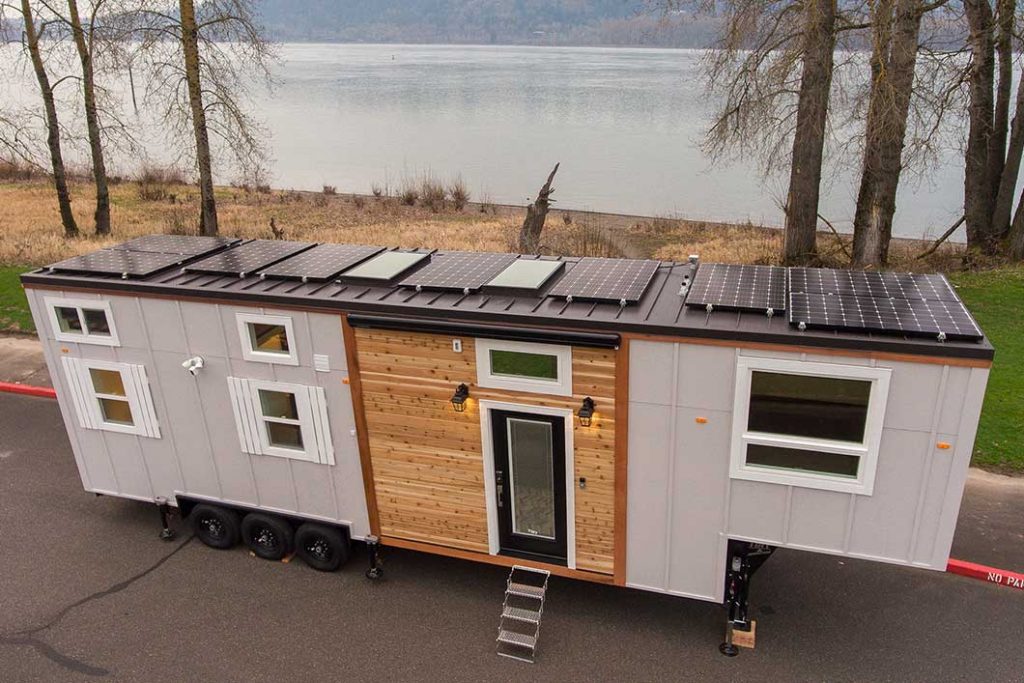
Live a Clutter-Free Life
When you live in a traditional home, it’s easy to accumulate clutter gradually throughout daily living because there’s always some place to store that clutter. However, when you’re limited to 250 square feet of living space, you value every square inch of that space and you won’t want to take it up with unnecessary clutter. In tiny home living, every space has a purpose and can’t be blocked with things that don’t serve a purpose. For that reason, you’ll be less inclined to hang onto things you might want to use sometime in the future. If you can’t envision using it on a somewhat regular basis, you’ll find that you really don’t need to keep it.
Tiny Homes Are Easier to Keep Clean
No one likes to clean, but it’s something we have to do frequently to keep things from getting out of control. Depending on the size of your home, it can take several hours to clean your home from top to bottom. When you live in a tiny home, there’s far less involved in giving your home a deep cleaning. For most people, they can give their tiny home a thorough cleaning in under an hour. Keeping it clean will also be simpler because there’s less surface area to muddy up with debris, dirt, or dust. Often, a regular light dusting is all your home will need, and having house plants can help purify the air.
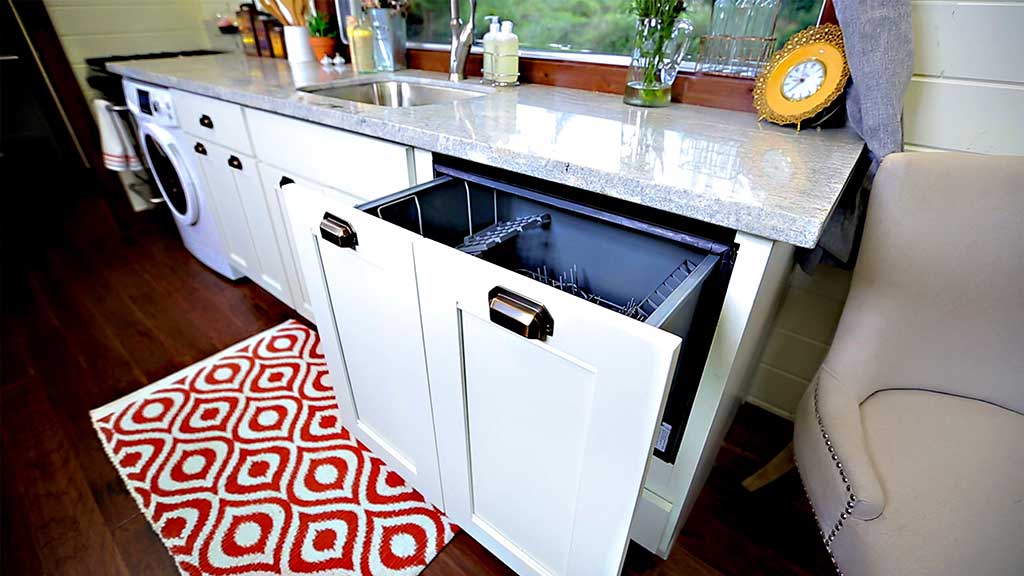
Tiny Homes Are Conducive to Healthier Eating
Living in a tiny home means you’ll have far less storage space in the home, and this is why many people who live this lifestyle turn to gardening. While you will have some space for packaged foods, the bulk of your food will have to be stored elsewhere. When you build a fruit and vegetable garden, nature will grow and store your food for you. When you’re ready to eat something, simply pick it fresh off the vine and use it to prepare your meal. Learning how to can fresh foods will help you preserve the surplus for your future needs. In addition to solving the storage problem, growing fresh food will help you eat healthier and save on your monthly grocery costs.
While living in a tiny home isn’t for everyone, it does appeal to many people who don’t need the extra living space. Particularly if you enjoy the outdoors and spend much of your free time on a porch or patio, the option of a tiny home will provide you what you need for comfort and happiness. Retirees, singles, and small families all find that tiny home living is an option that enhances the quality of their lives.


